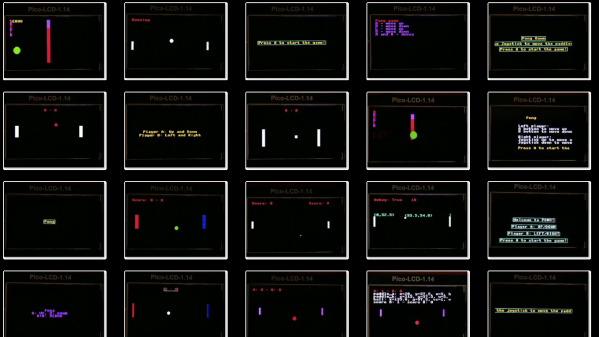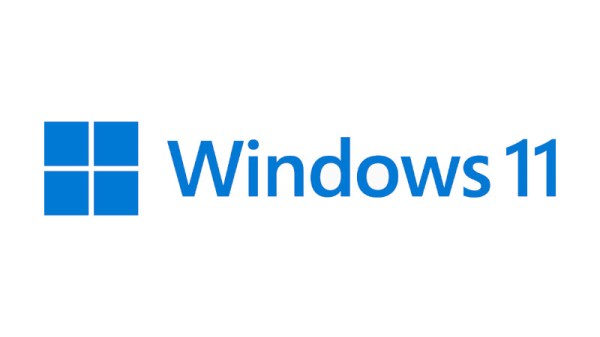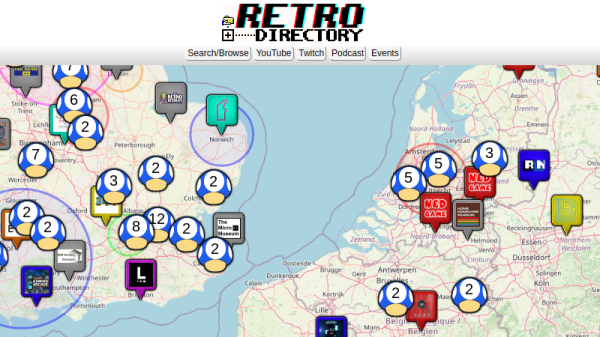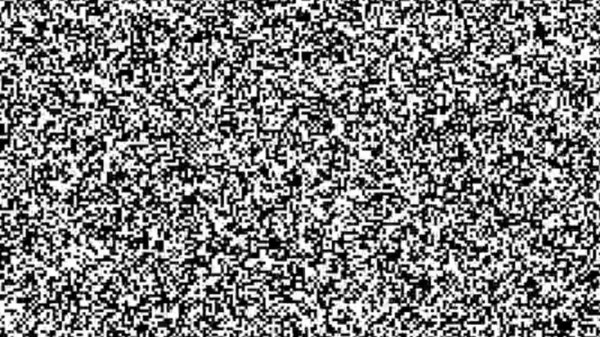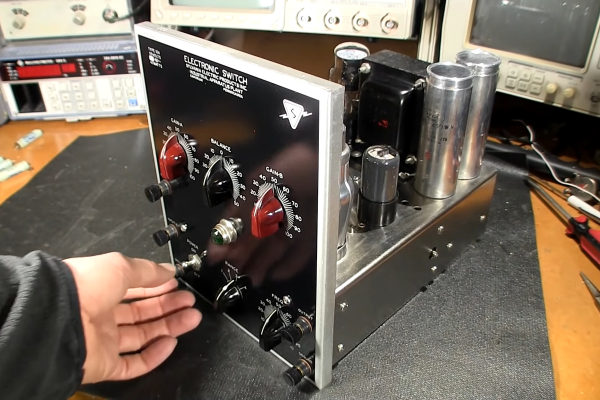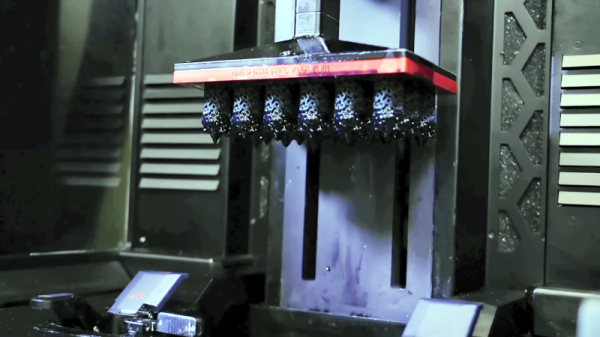In a very real way, Pong started the video game revolution. You wouldn’t have thought so at the time, with its simple gameplay, rudimentary controls, some very low-end sounds, and a cannibalized TV for a display, but the legendarily stuffed coinboxes tell the tale. Fast forward 50 years or so, and Pong has been largely reduced to a programmer’s exercise to see how few lines of code can stand in for what [Ted Dabney] and [Allan Alcorn] accomplished. But now even that’s too much, as OpenAI Codex can generate a playable Pong from just a few prompts, at least most of the time. Continue reading “Let Machine Learning Code An Infinite Variety Of Pong Games”
Day: February 21, 2023
Tiny11 Makes Windows 11 Small
If you often spin up a virtual machine just to run Windows, you might be sad that you have to allocate so much space for it. The Tiny11 project provides a Windows 11 installer that strips and compresses a bare minimum system do under 8GB of space. We aren’t sure what the licensing aspects of it all mean, but there are a few things you need to know. You can see a video about the project below.
The installer requires you to activate Windows, so that’s probably a good thing from a legal standpoint. Besides being compressed, the installer, based on Window 11 Pro 22H2, removes sponsored applications and Teams. It does, however, have the component installer and the Microsoft store, so you can add back things you want that aren’t in the default install.
OpenStructures Is A Modular Building System For The RepRap Age
Modular construction toys like LEGO and Meccano are great for prototyping, but they aren’t so great for large builds. OpenStructures promises to be a modular building system for projects large and small.

Originally conceived in 2007 by [Thomas Lommée], OpenStructures is a modern, more robust reinterpretation of Grid Beam, which was itself a reinterpretation of the earlier Living Structures. By using a common standard (PDF), parts can be reused project after project as they would with LEGO, meaning you can spend more time building and less time cutting or figuring out joints. OpenStructures parts need connection points, part diameters, or part dimensions at multiples of 20 mm to be compatible. To fulfill the spirit of the project, parts should be designed for disassembly, use recyclable materials when possible, and be Open Source.
The system seems like a great starting point for prototyping furniture or other large builds more quickly than building everything on a case-by-case basis. By including diameters for round objects as well as square and rectangular profiles, OpenStructures is a more flexible (and aesthetically pleasing?) option than Grid Beam.
A couple more options for furniture-scale modular construction are these big LEGO bricks or copper pipe.
(via Low Tech Magazine)
Travel The World Looking For Retro Tech, Virtually
For those who have a passion for vintage hardware, whether it be a classic computer or a war-surplus ham radio rig, finding the things without resorting to paying shipping fees on eBay can sometimes be tricky. Your best bet is to find a local fair or swap event, but it always seems they’re the kind of thing you find out about the weekend after they were held.
Looking to make these sort of events more visible and easier to keep track of, [RobSmithDev] has created the Retro.Directory. Scrolling your way across the globe you can see markers that indicate places of interest for the retro aficionado, such as museums, repair shops, and old school arcades, as well as upcoming events. Continue reading “Travel The World Looking For Retro Tech, Virtually”
YouTube As Infinite File Storage
Anyone who was lucky enough to secure a Gmail invite back in early 2004 would have gasped in wonder at the storage on offer, a whole gigabyte! Nearly two decades later there’s more storage to be had for free from Google and its competitors, but it’s still relatively easy to hit the paid tier. Consider this though, how about YouTube as an infinite cloud storage medium?
The proof of concept code from [] works by encoding binary files into video files which can then be uploaded to the video sharing service. It’s hardly a new idea as there were clever boxes back in the 16-bit era that would do the same with a VHS video recorder, but it seems that for the moment it does what it says, and turns YouTube into an infinite cloud file store.
The README goes into a bit of detail about how the code tries to avoid the effects of YouTube’s compression algorithm. It eschews RGB colour for black and white pixels, and each displayed pixel in the video is made of a block of the real pixels. The final video comes in at around four times the size of the original file, and looks like noise on the screen. There’s an example video, which we’ve placed below the break.
Whether this is against YouTube’s TOS is probably open for interpretation, but we’re guessing that the video site could spot these uploads with relative ease and apply a stronger compression algorithm which would corrupt them. As an alternate approach, we recommend hiding all your important data in podcast episodes.
Retro Gadgets: Make Your Scope Dual Channel
We live in a time when having an oscilloscope is only a minor luxury. But for many decades, a good scope was a major expense, and almost no hobbyist had a brand new one unless it was of very poor quality. Scopes were big and heavy and, at the price most people were willing to pay, only had a single channel. Granted, having one channel is better than having nothing. But if the relative benefit of having a single channel scope is 10 points, the benefit of having two channels is easily at least 100 points. So what was a poor hacker to do when a dual-trace or higher scope cost too much? Why, hack, of course. There were many designs that would convert a single trace scope into a poor-quality multichannel scope. Heathkit made several of these over the years like the ID-22, the ID-101, and the ID-4101. They called them “electronic switches.” The S-2 and S-3 were even earlier models, but the idea wasn’t unique to Heathkit and had been around for some time.

There were two common approaches. With alternative or alt mode, you could trigger a sync pulse and draw one trace. Then trigger again and draw the second trace with a fixed voltage offset. If you do this fast enough, it looks like there are two traces on the screen at one time. The other way is to rapidly switch between voltages during the sweep and use the scope’s Z input to blank the trace when it is between signals. This requires a Z input, of course, and a fast switching clock. This is sometimes called “chopper mode” or, simply, chop. This wasn’t just the realm of adapters, though. Even “real” analog scopes that did dual channels used the same methods, although generally with the benefit of being integrated with the scope’s electronics.
Continue reading “Retro Gadgets: Make Your Scope Dual Channel”
3D Printing Antennas With Dielectric Resin
[Machining and Microwaves] has long wanted to use a 3D printer to print RF components for antennas and microwave lenses. He heard that Rogers — the company known for making PCB substrates, among other things — had a dielectric resin available and asked them if he could try some. They agreed, with some stipulations, including that he had to visit their facility and show his designs in a video. Because of that, the video seems a little bit like a commercial, but we think he is genuinely excited about the possibility of the resin.
Since he was in their facility, he was able to interview several of the people behind the resin, and they had some interesting observations about keeping resin consistent during printing and how the moonbounce feed he wanted to print would work.
Some of the exotic RF test equipment was interesting to see, too. The microwave lenses look like some kind of modern art. According to the Roger’s website:
Radix Printable Dielectric materials are a ceramic-filled, UV-curable polymer designed for use with photopolymer 3D-printing processes like sterolithography (SLA) and digital light processing (DLP) printing. These materials and printing processes enable the use of high-resolution, scalable 3D-printing for complex RF dielectric components such as gradient index (GRIN) lenses or three-dimensional circuits. The 2.8Dk printable dielectric is designed to have low loss characteristics through millimeter wave (mmWave) frequencies and low moisture absorption for end-use applications.
It isn’t clear to us that you could use this resin in your own printers, but they did look pretty similar to what we have hanging around except, perhaps, for the continuous circulation of the resin pool. We figured the resin wasn’t inexpensive. In fact, we found a liter online for $1,863. We don’t know if that’s the suggested retail price or not, but we also suppose if you need this material, you won’t be that surprised at the cost.
If you don’t need microwave frequencies, you might be able to get by with some easier techniques. Or, you can even do something slightly more difficult but probably a lot cheaper.
Continue reading “3D Printing Antennas With Dielectric Resin”

